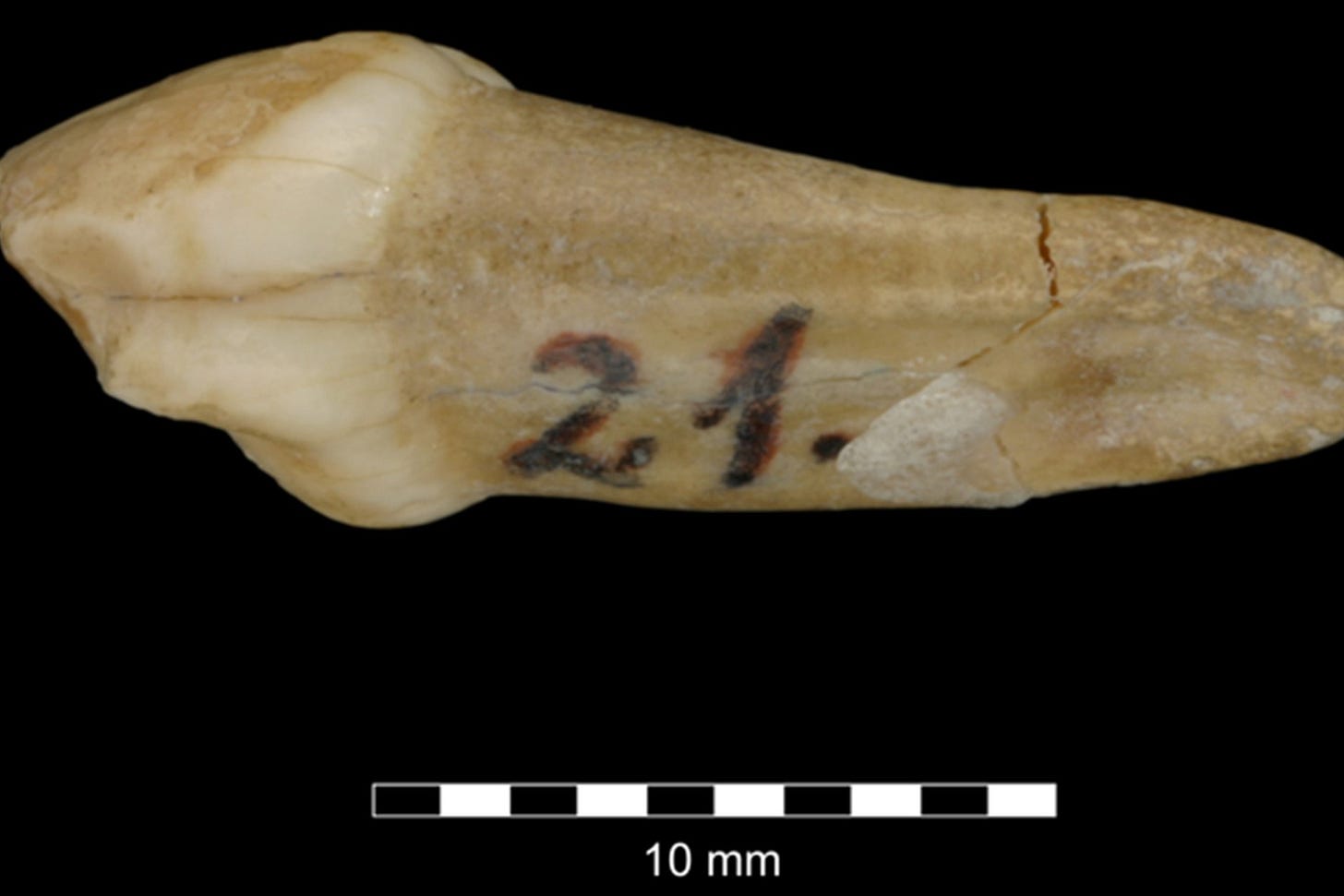Neanderthal Babies Teethed Earlier
Infant Neanderthal formed teeth before birth and developed them much sooner than modern human kids
A group of researchers from Kent University’s School of Anthropology & Conservation examined the five deciduous, or milk, teeth of three Neanderthals. They specifically studied samples from the Krapina site in Croatia. These are dated to be 120,000 to 130,000 years old. They published their findings in Proceedings of the Royal Society B1.
Keep reading with a 7-day free trial
Subscribe to Anthropology.net to keep reading this post and get 7 days of free access to the full post archives.

